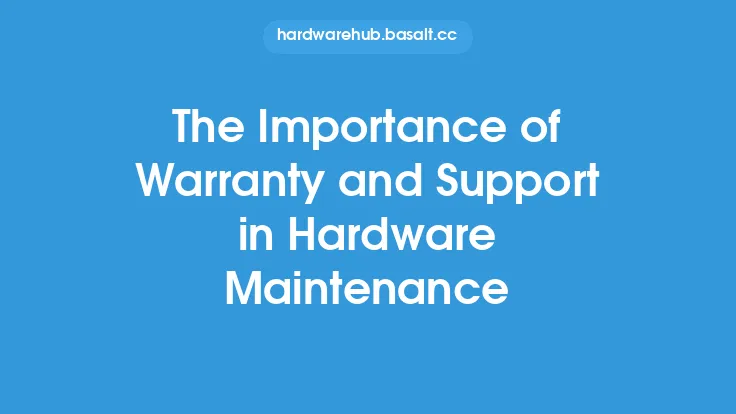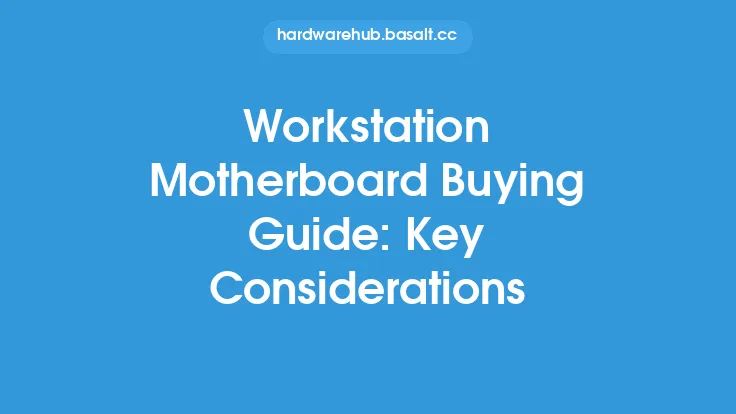When it comes to business hardware, warranty and support are crucial aspects to consider. A good warranty and support system can provide peace of mind, minimize downtime, and ensure that your business operations run smoothly. In this article, we will explore the key considerations for business hardware warranty and support, highlighting the importance of a comprehensive support system and the factors to consider when evaluating warranty and support options.
Types of Warranty and Support
There are several types of warranty and support options available for business hardware, including manufacturer warranties, extended warranties, and third-party support services. Manufacturer warranties typically cover defects in materials and workmanship for a specified period, usually one to three years. Extended warranties, on the other hand, can provide additional coverage beyond the standard warranty period. Third-party support services, such as on-site and remote support, can also be purchased to supplement the manufacturer's warranty.
Factors to Consider
When evaluating warranty and support options, there are several factors to consider. These include the length of the warranty period, the level of support provided, the response time for support requests, and the cost of the warranty or support service. It's also important to consider the reputation of the manufacturer or support provider, as well as their experience in supporting business hardware. Additionally, the type of hardware being purchased, such as servers, storage systems, or networking equipment, may also impact the type of warranty and support required.
Benefits of Comprehensive Support
A comprehensive warranty and support system can provide numerous benefits for businesses, including reduced downtime, improved productivity, and increased cost savings. With a good support system in place, businesses can quickly resolve hardware issues, minimizing the impact on operations. Additionally, a comprehensive support system can also provide access to expert technical support, which can help to resolve complex issues and provide guidance on hardware maintenance and troubleshooting.
Best Practices for Warranty and Support
To get the most out of a warranty and support system, businesses should follow best practices such as carefully reviewing the terms and conditions of the warranty, keeping accurate records of hardware purchases and support interactions, and establishing a process for requesting support. It's also important to regularly review and update the warranty and support system to ensure it continues to meet the evolving needs of the business. By following these best practices, businesses can ensure they have a robust warranty and support system in place, providing peace of mind and minimizing the risk of hardware-related downtime.





